Motherhood is hard, right? And the parental journey can be even more challenging for mothers with disabilities and mothers who have children with special needs. Author Jill Churchill said, “There’s no way to be a perfect mother and a million ways to be a good one.”
In 1908, Anna Jarvis lobbied to establish Mother’s Day in honor of her mother, Ann, who had worked to improve sanitation and health conditions during the Civil War era. In 1914,Mother’s Day officially became a recognized holiday in the United States; yet, by 1920, Anna was frustrated that the true purpose of Mother’s Day had been severely muddled by commercialization. Today, Mother’s Day is a $15 billion industry engaging 96 percent of consumers with greeting cards, flowers, jewelry and other themed gifts. Anna never became a mother; still, over a century later and thanks to her influence, millions of mothers in the United States receive a little extra (and much deserved) love and pampering from their children and/or partners on this annual observance day.
While mothers deserve to be praised every day, Mother’s Day, of course, lends itself to the occasion.
Here are Mother’s Day gift ideas for exceptional mothers:
1. Walker Tote Bag
Available in three colors (black, wine and butterfly patterned), this water resistant tote bag is a useful accessory. Plus, the cute butterfly pattern will make mom’s heart flutter. It fits most walkers, rollators, wheelchairs and power scooters with adjustable straps. It has tons of storage pockets, including a zippered compartment for items that need safe-keeping. $12.99 | Amazon
2. Folding Garden Kneeler
The love of gardening can bloom for gardeners of all abilities thanks to accessible tools, like this folding kneeler designed for comfortable kneeling and/or sitting with support rails. Research suggests that gardening reduces stress and depression symptoms, while boosting muscle strength, mental clarity and a sense of accomplishment. Plus, food gardeners who increase consumption of fresh fruits and vegetables can reap the added benefits of a decreased waistline and lowered risk of cardiovascular disease and cancer. $27.90 | ManageAtHome.co.uk
3. Acupressure Mat & Pillow
Help mom combat back and neck pain with the Nayoya Acupressure Mat and Pillow which offers targeted relief through thousands of acupressure points. It also improves circulation, digestion and sleep quality. $40 | Amazon
4. Zinc Winged Corkscrew
From the crisp taste of a white wine to the robust flavors of a bold red, many moms love sipping vino. But, first, she has to get passed that stubborn cork! This opener by OXO Good Grips is designed for wine lovers who have a weakened hand grip. It has a longer body and non-slip bottom collar. And we’ll drink to that! Bonus: According to Medical News Today, mild consumption of wine (especially red) may help people live longer, protect against certain cancers, improve mental health and enhance heart health. Tip: Pair with mom’s favorite bottle of wine. $13.99 | ArthritisSupplies.com
5. Beauty Steep Tea Bag Eye Masks
Everyone loves a 2-4-1 gift, right? This present hits the mark by allowing mom to drink well and rest well. Tea contains flavonoids, naturally occurring compounds that are believed to have antioxidant properties, says the Tea Association of the U.S.A, Inc.They boast that tea consumption is good for overall health, and specifically beneficial for reduced risk of heart disease, cancer, osteoporosis and age-related neurological declines and diseases. The Beauty Steep Tea Bag Eye Masks comes with three blends — black tea and rose, green tea and jasmine and white tea and fennel (two of each for a set of six). The product provides “all the soothing tea benefits for tired,puffy peepers, in one stay-put eye mask.” Just have mom steep, cool and relax! FYI:The National Sleep Foundation recommends 7-9 hours of sleep per night for adults. $30 | UncommonGoods.com
6. Zappos Adaptive Shoes
I’m a sucker the Mary Jane style of footwear, both for easier functionality (no laces) and the adorable fashion look. I love the sweet strap in every style – formal and casual alike. And the Drew Delite sneaker by Zappos doesn’t disappoint. Available in black, bone and sky blue, this shoe has removable insoles to extend the shoe life and allow for custom orthotics. Medicare reimbursements are available for these shoes (HCPCSCoded A5500). $139.95 | Zappos.com
7. Rolling Wicker Laundry Basket
Sure, most mothers loathe doing laundry. However, this wicker laundry basket is so beautiful that we’re willing to add it to our gift list. After admiring the hamper’s exterior, roll it to the laundry machine to empty its interior – it has a removable cotton liner – without bending over. $135 | Amazon

8. Eufy Robotic Vacuum
Again, some frown upon gifting cleaning and/or household items. But I view this robotic vacuum as much more than a vacuum… it really gifts valuable time back to mom. Since this circular gadget sweeps floors on its own, I don’t have to do it and save myself tons of time. Priceless! I opted for the Eufy because it’s a smidge cheaper than the Roomba. Shop various brands to land a deal. $200 and up | EufyLife.com
9. Wheelchair / Scooter Umbrella
The outdoor umbrella by Wanrane is ideal for rain or shine. You can help mom stay dry during an afternoon drizzle, or shielded from the sun on a bright day. It has an adjustable stem to custom height and positioning. $25 | Amazon
10. BearHugs Gift Box
These adorable “hug-in-a-box” packages are made by an accessibility-focused company that thrives on inclusive employment and supporting individuals with disabilities and illnesses. The founder, Faye, has Lyme disease. For every fifty BearHugs sold, one personalized ‘hug in a box’ is donated to someone affected by serious illness. There are tons of box themes to choose from but, as per the occasion, try the Mama Bear. It includes a pretty enamel pin featuring nurturing arms and a chocolate bear. $16 | BearHugsGifts.com
11. Salt Room Spa
Spa service gifts are somewhat synonymous with Mother’s Day, right? However, you can shake things up by peppering in a salty treatment! Salt therapy centers are popping up nationwide boasting that salt therapy is a scientifically-proven treatment for respiratory and skin conditions. At the Salt Room in Orlando, for example, patrons can opt for just a salt session or a massage service within a salt space. In each salt room, the walls, floor and ceiling are lined with natural rock salt which is stimulated by halogenerators for inhalation. $45-200 | SaltRoomOrlando.com (Google for similar centers in your area).
Aside from salt-specific centers, traditional spas are spicing things up with Himalayan salt stone massages. According to Hand and Stone, Himalayan salt stones provide 84 essential minerals including iron, magnesium, calcium, potassium and more. The stones have been known to detoxify, help reduce insomnia, improve blood pressure and relieve stress.$130/hour | HandAndStone.com
12. Shipt Membership
This has been a game changer for this mama! I do not miss navigating crowd grocery aisles with two kiddos. Shipt is a grocery service offering same-day delivery thanks to a fleet of personal shoppers.It’s easy to use: just place an order and schedule a delivery time through the Shipt mobile app. Annual memberships grant customers unlimited deliveries from Target, Publix, Kroger, ABC Fine Wine & Spirits and other retailers with free delivery on orders over $35. $99/year | Shipt.com [Note: Shipt is offering $50 off annual gift memberships through 5/12/19.]
13. Custom-Made Chopsticks
Sushi is an artful dining experience that also boasts nutritional benefits. High-quality fish provides protein and omega-3 fatty acids to aid cardiovascular health and brain function. Traditionally, chopsticks are used to eat sushi; however, these utensils can be especially tricky for people with impaired mobility. Katsuyuki Miyabo crafts adaptive wooden chopsticks that are custom-made and spring-operated. Tip: Treat mom to a sushi dinner too! Prices vary | Facebook / miyabow.com

14. Gratitude Journal
The practice of releasing and recording feelings, memories and thoughts can be fulfilling and useful. For example, the trend of gratitude journaling helps users realize and appreciate life’s gifts that might otherwise be taken for granted. In the hustle and bustle of mom life, I know I often forget to slowdown and offer gratitude for the gifts in my life, including my children. The Gratitude Journal: A Mother’s Day Gift by Brenda Nathan is an affordable option that includes inspirational quotes. This special occasion edition has space to write down three to five things that you’re grateful for every day. $6.99 | Amazon
15. Adult Coloring Book
Color therapy (also referred to chromotherapy) is a unique application that uses color and light to treat physical and mental health by balancing the body’s energy centers, also known chakras. The body has seven chakras that connect with colors: root (red), sacral (orange), solar plexus (yellow), heart (green), throat (blue), third eye (indigo) and crown(violet). Adult coloring books can let mom artistically express herself and engage in a therapeutic pastime. $3.50 and up | Joann
16. Flavor Infuser Water Bottle
Our bodies depend on hydration. To help mom achieve the consumption goal of six to eight 8-ounce glasses of water each day, add a burst of flavor with this water bottle infuser. Opt for seasonally-fresh fruits and veggies for maximum deliciousness. $15 | Uncommongoods.com
17. Audible Membership
Audible claims to be the “world’s largest seller and producer of audiobooks and other spoken-word entertainment,enriching the lives of our millions of listeners every day.” A book on tape has never been easier! Audible offers gift subscriptions for 1, 3, 6 or 12 months. $15/month | Audible.com
18. Essential Oil Defuser
Inhaling soothing scents can impact one’s mental health and more. For me, peppermint helps to calm my mood when I am in a migraine, and lavender helps with restorative sleep. Defusers now come in fun forms to double as decor, such as the handmade ceramic pineapple by Coosa. $29.99 | Amazon
19. Color Street Nail Art
Color Street describes itself as “a creative beauty brand with limitless possibilities.” This line is great for those who cringe at the thought of applying traditional nail polish.No need to maintain a steady hand because Color Street has tons of beautiful designs that basically have a stick-on application. The spring line includes ‘Listen and Love,’ a shimmery design that supports mental health awareness. $2 from the purchase of each set sold in May 2019 will benefit the JED Foundation and Active Minds. $13 | ColorStreet.com
20. Heartfelt Note
Tangible gifts are wonderful but, especially for a mother, loving words from a child and partner mean everything the most! I know the phrase “Motherhood is a thankless job” all too well – as do most mamas. The little humans we create simply are not capable of understanding everything we as mothers do to ensure their well-being. A heartfelt message expressing love and appreciation is the ultimate gift. FREE (but priceless)
Happy Mother’s Day! What’s the best Mother’s Day gift you’ve received? Share with us on Facebook, Twitter and Instagram.
Editors note: AmeriDisability does not guarantee the prices listed in this article; check retailers.
Feature photo image credit: AARP








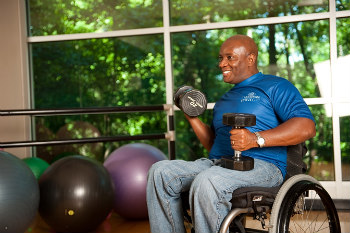
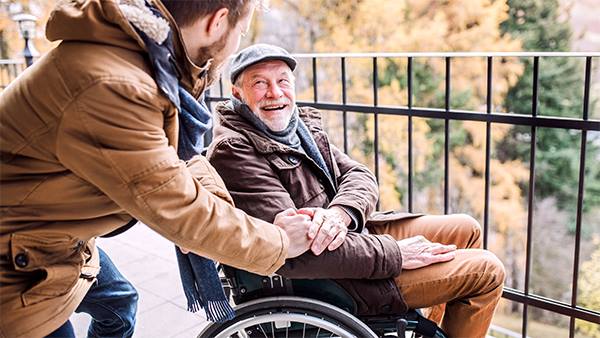
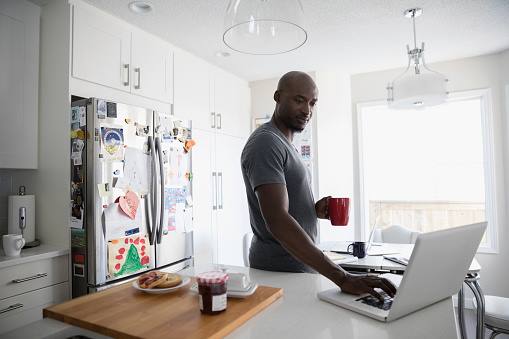


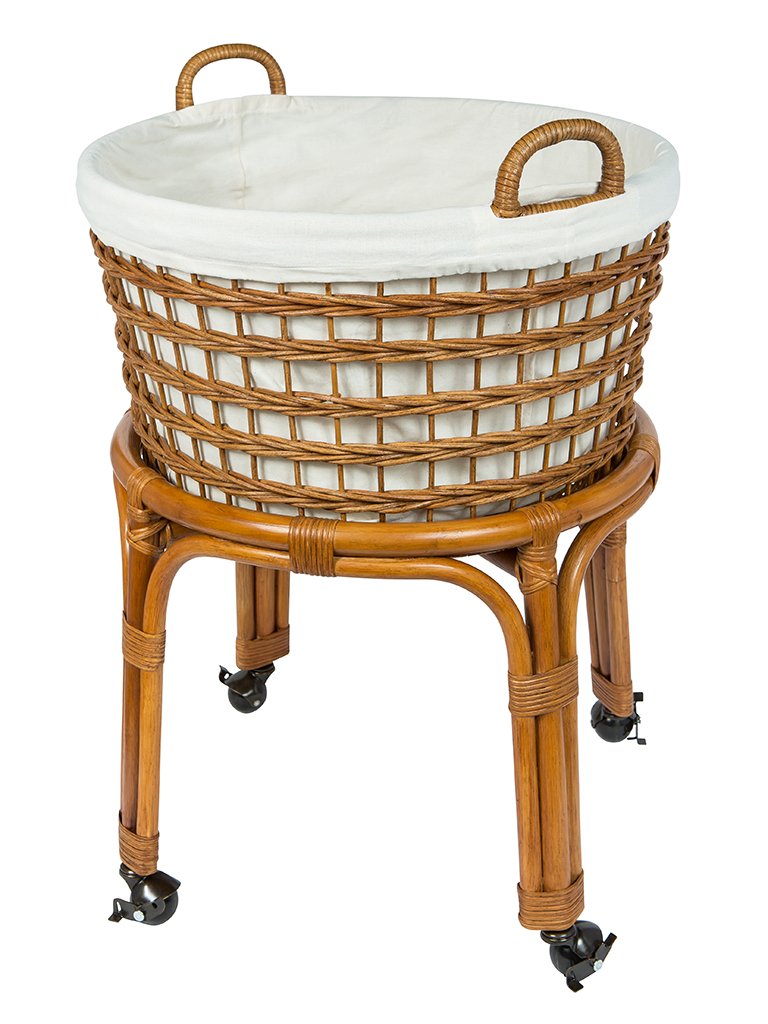
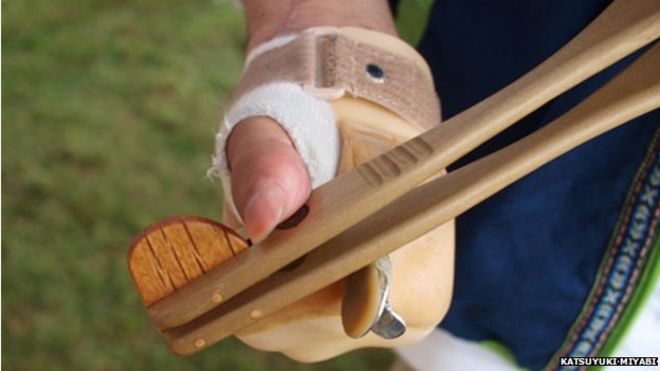
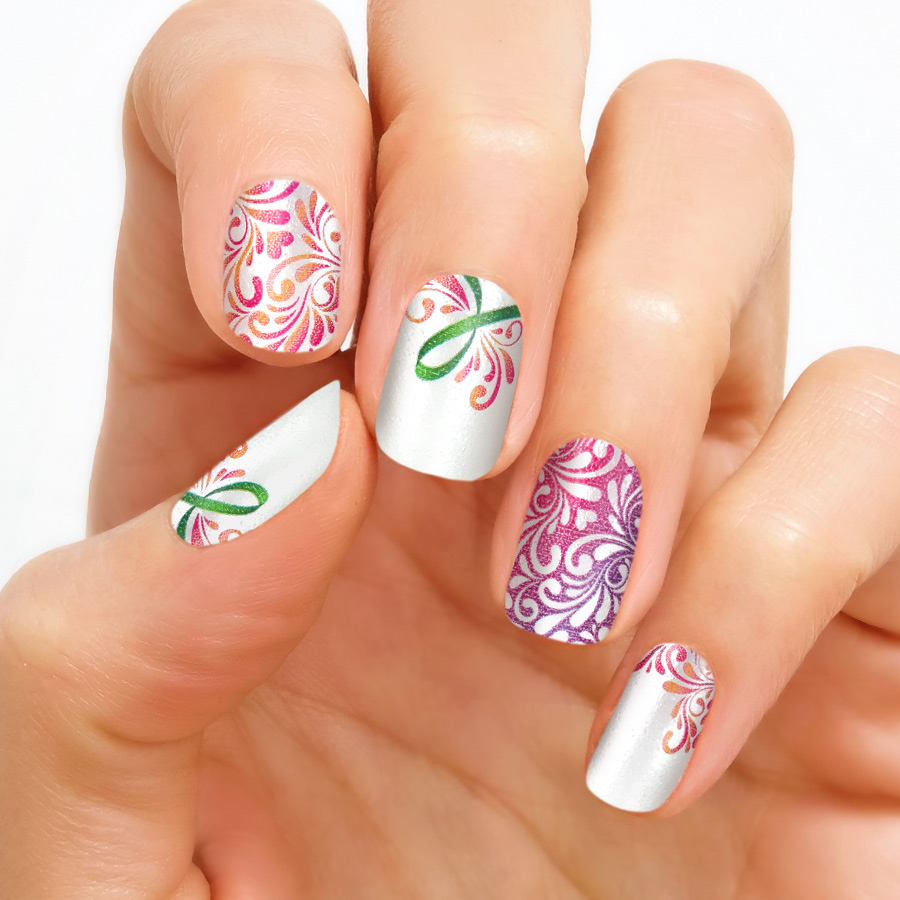

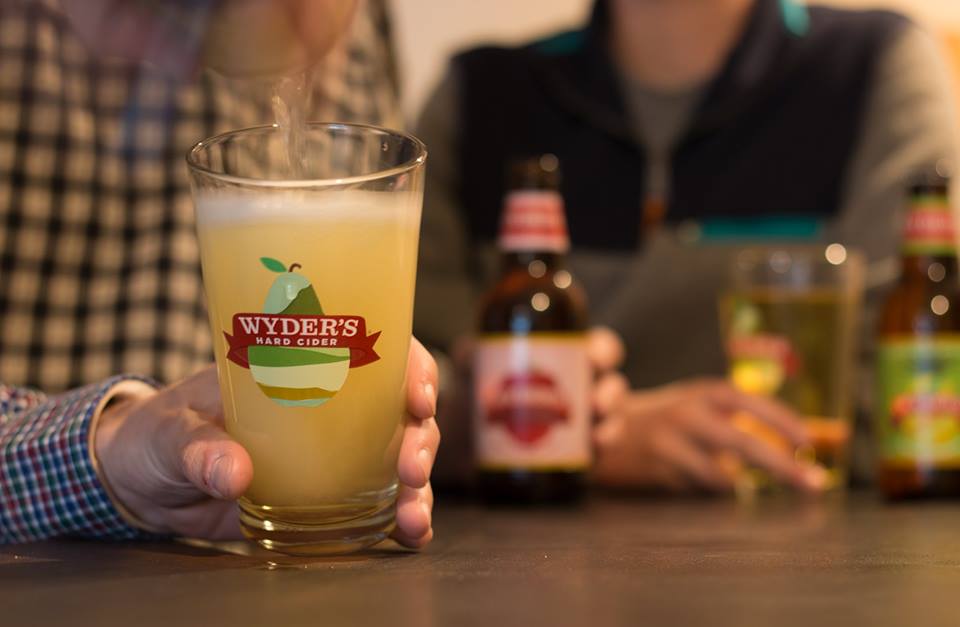

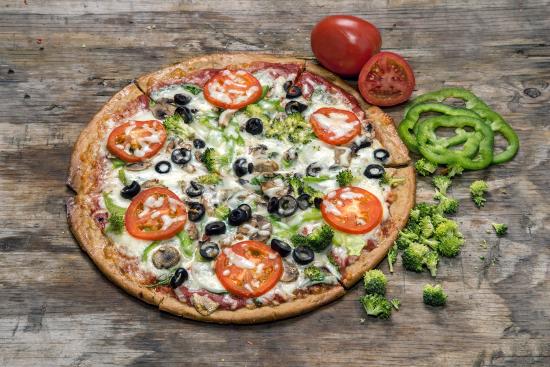
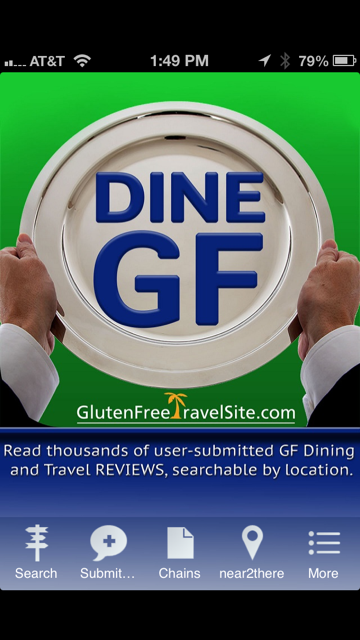

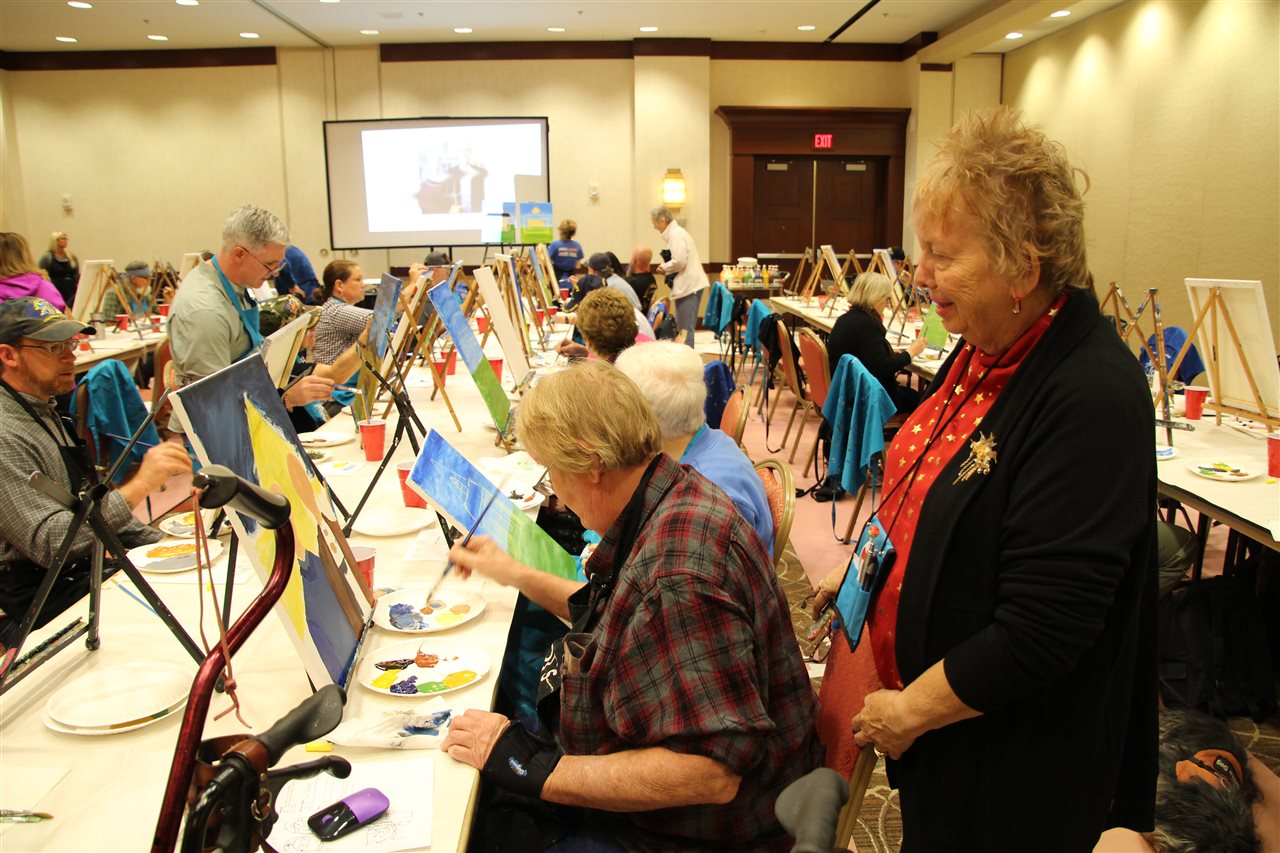 Caregivers Need Support Too
Caregivers Need Support Too



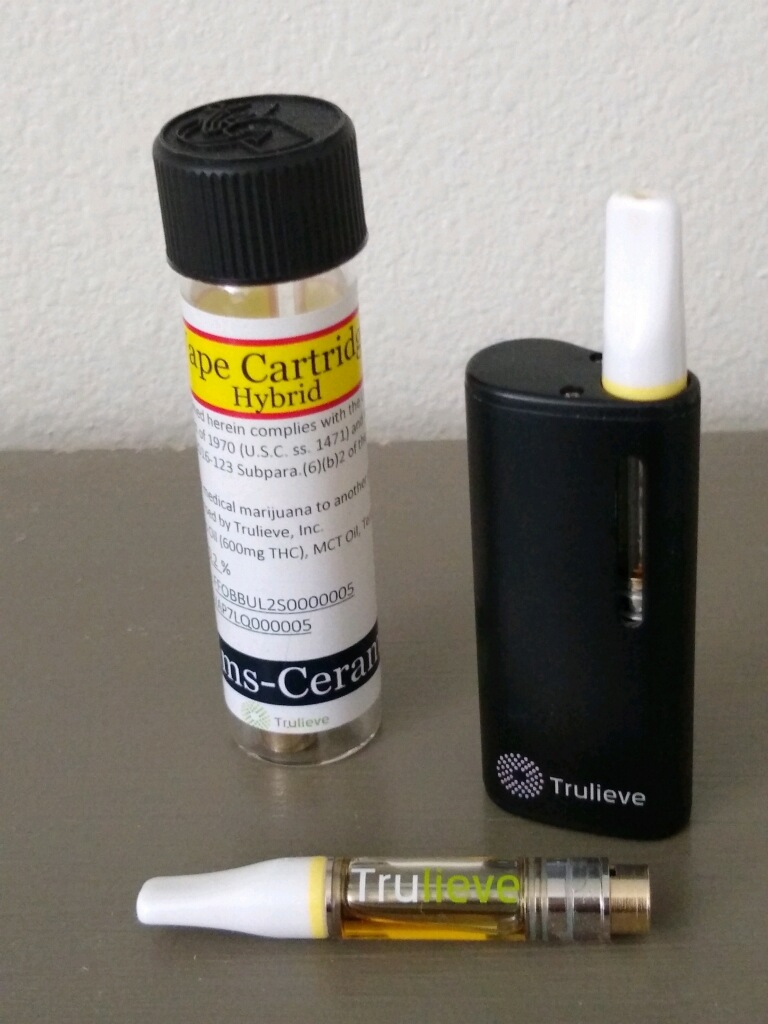

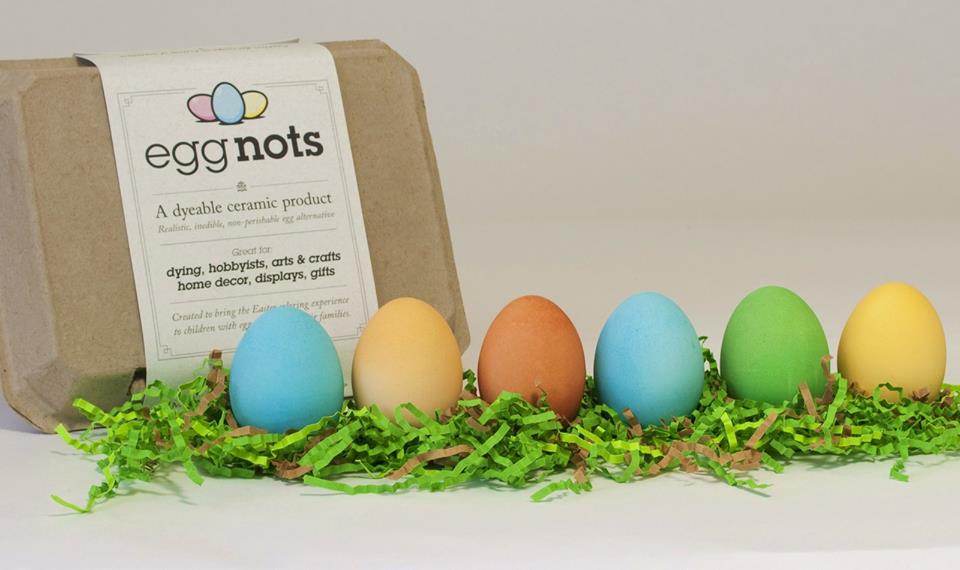



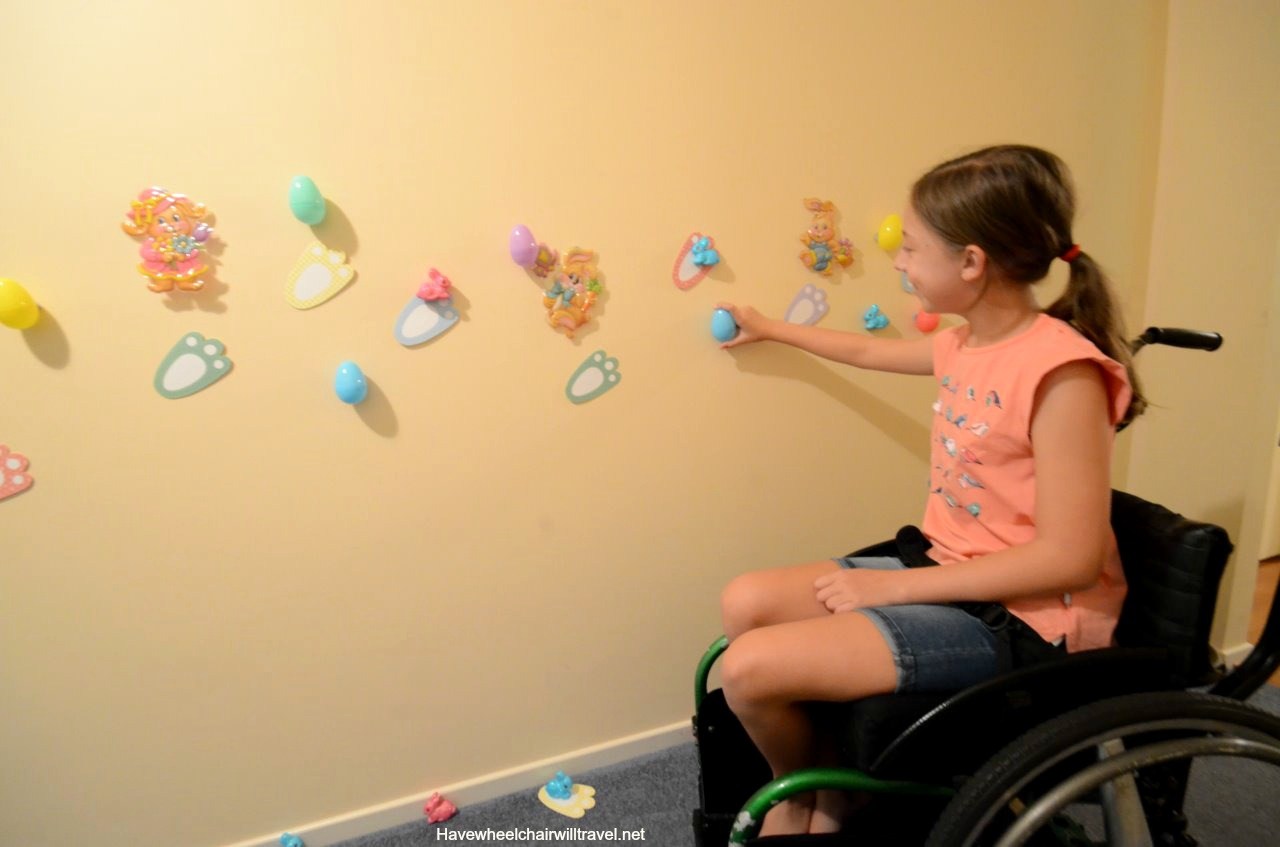

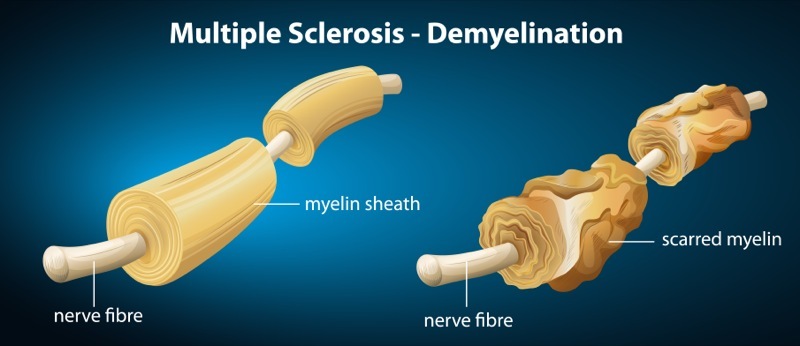 Diagnosed in 2018, Blair has been speaking out about her health struggles after making an emotional return to the red carpet (with a diamond-bedazzled cane) at the Vanity Fair Oscar after-party. She had been unknowingly dealing with MS flare-ups since giving birth to her son, Arthur, in 2011. For years, she suffered from debilitating symptoms and sought medical help, but doctors couldn’t seem to pinpoint a cause. Part of the problem, she says, was they didn’t take her or her symptoms seriously. Finally, her MS diagnosis came in August 2018.
Diagnosed in 2018, Blair has been speaking out about her health struggles after making an emotional return to the red carpet (with a diamond-bedazzled cane) at the Vanity Fair Oscar after-party. She had been unknowingly dealing with MS flare-ups since giving birth to her son, Arthur, in 2011. For years, she suffered from debilitating symptoms and sought medical help, but doctors couldn’t seem to pinpoint a cause. Part of the problem, she says, was they didn’t take her or her symptoms seriously. Finally, her MS diagnosis came in August 2018.
